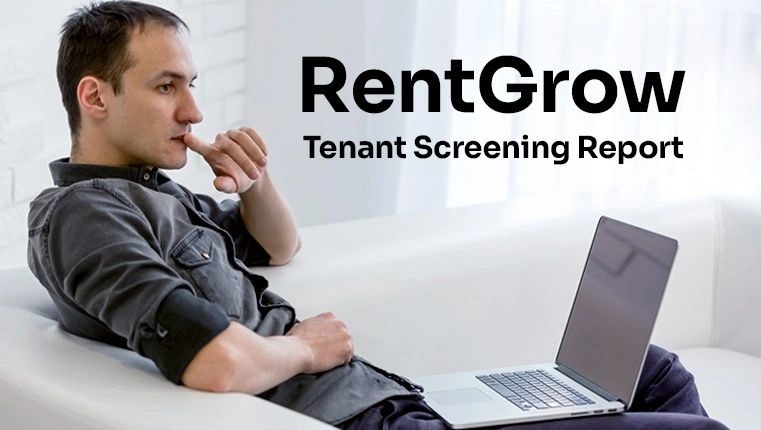Top Tips for Renting an Apartment in Toronto
Renting an apartment in Toronto can be a thrilling experience but is not without its challenges. With vibrant neighborhoods, world-class amenities, and a great deal of cultural diversity, Toronto remains one of the hottest places to reside. But where the demand for rentals is high, the competition is equally stiff. Being prepared and informed will help you find just the right apartment for your needs and budget. Here are the detailed tips that will help you rent an apartment in Canada’s largest city in style.
1. Set a Realistic Budget
Toronto is one of the most competitive real estate markets in Canada, often with huge disparities between areas and types of apartments. Before starting your search, set a realistic budget based on income and monthly expenses.
A good rule of thumb is to spend no more than 30% of your income on housing. Beyond rent, factor in additional costs such as utilities (hydro, water, and internet), renter’s insurance, transportation, groceries, and entertainment. If you’re interested in condos, be aware that maintenance fees might be included or charged separately, depending on the property.
2. Choose the Right Neighborhood
The neighborhoods of Toronto are diversified, and each provides a different living atmosphere. Begin narrowing the choices by researching those areas that best fit your life and priorities.
- Downtown Core: ideal for professionals who want proximity to work, with easy access to entertainment hubs.
- Queen West: Great for creatives and young professionals who love hip cafes, boutiques, and art galleries.
- The Beaches: Family-friendly, with the major draws of relaxed vibes and waterfront charm.
- North York: The integration of suburban comfort and urban convenience, along with ample green spaces, makes it a perfect place to live.
It is important not to forget accessibility to public transportation as the TTC subway, buses, and streetcars are lifelines for navigating Toronto.
3. Understand Your Rental Priorities
Before you begin apartment hunting, list your must-haves versus your nice-to-haves. Priorities might include:
- Proximity to work or school.
- Access to public transit.
- Specific amenities like in-suite laundry, parking, or a gym.
- Pet-friendly policies.
Knowing what you need versus what you can compromise on will help you filter your options effectively.
4. Explore Online Resources and Listings
The internet can be a strong tool for apartment hunting. Utilize popular rental websites, community forums, and social media groups to locate available properties.
When browsing listings, pay attention to the details of rent, square footage, and what will be included. If you’re interested in modern condos with prime locations and luxurious features, check out properties like Sugar Wharf. Situated in Toronto’s downtown core, this development offers stunning lake views, state-of-the-art amenities, and unparalleled convenience.
Additionally, some rental websites provide insights into neighborhood safety, walkability, and school ratings, which can help inform your decision.
5. Visit Multiple Properties
While online listings are an excellent starting point, there’s nothing like seeing a property in person. Photos can be deceiving, and visiting a unit allows you to gauge the condition, size, and vibe of it.
Schedule viewings for several properties to compare your options. Take note of things like natural lighting, storage space, and noise levels. Don’t rush the process—seeing multiple apartments will give you a better idea of what’s available within your budget.
6. Ask Questions and Inspect the Unit
When touring potential apartments, come prepared with questions for the landlord or property manager. Some key inquiries include:
- What’s included in the rent (e.g., utilities, parking, storage)?
- What is the policy on maintenance requests and repairs?
- Are there any additional fees or deposits?
While you’re there, thoroughly inspect the unit. Look for signs of damage such as water leaks, broken appliances, or pest issues. This diligence will help you avoid unpleasant surprises after moving in.
7. Be Prepared to Act Quickly
Toronto’s rental market moves at a rapid pace, especially in high-demand areas. If you find an apartment you love, be ready to act fast.
Prepare a rental application package in advance. Commonly required documents include:
- Proof of income (pay stubs or employment letters).
- References from previous landlords.
- A credit report.
Having these materials ready will demonstrate to landlords that you’re a serious and reliable tenant.
8. Understand Your Lease Agreement
Before signing a lease, read the document carefully to ensure you fully understand the terms and conditions. Key details to review include:
- Rent amount and due dates.
- Length of the lease (e.g., one year, month-to-month).
- Policies on early termination, subletting, or adding roommates.
- Maintenance responsibilities.
If anything in the lease is unclear, don’t hesitate to ask questions or seek legal advice.
9. Know Your Tenant Rights
Ontario’s Residential Tenancies Act protects renters’ rights, and it’s important to be familiar with these regulations. For example:
- Landlords must provide 24 hours’ notice before entering your unit (except in emergencies).
- Rent increases are limited to a certain percentage each year, as dictated by provincial guidelines.
- Tenants are entitled to a safe and well-maintained living environment.
Understanding your rights ensures you’re protected throughout your rental journey.
10. Consider Hiring a Realtor
Being frustrated in searching for a suitable apartment and feeling beaten by the whole process are good reasons to hire a realtor. Quite often, Realtors have access to properties not available to the public and can even negotiate on the buyer’s behalf.
They’re particularly helpful if you’re seeking high-end properties or navigating competitive rental markets, such as downtown Toronto.
Final Thoughts
Apartment searching in Toronto can be overwhelming, considering the competitiveness of the real estate market and the variety that exist. It is very possible to find a space that fits both your needs and your budget with some careful planning, determination, and strategic approach.
First, set a realistic budget to avoid overextending your finances. Take into account not just rent or mortgage payments, but also other expenses such as utilities, insurance, and transportation. Research a neighborhood fully, taking into consideration commute distance/time, transit options, lifestyle amenities, and community vibe. Defining your priorities—things like the number of bedrooms, the kind of building amenities, or whether you need something pet-friendly—can help you narrow down your search and make quicker, more confident decisions.
Utilize online resources to research listings and get a feel for market trends. These are time-saving devices that can also carry a lot of valuable information; however, don’t depend entirely on virtual tours. Plan visits to see the condition of the property, the layout, and surrounding area. Comparing a number of properties will give you a better feel for what is available and what best fits your needs.



